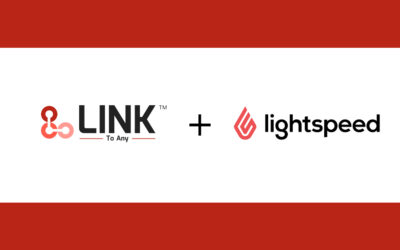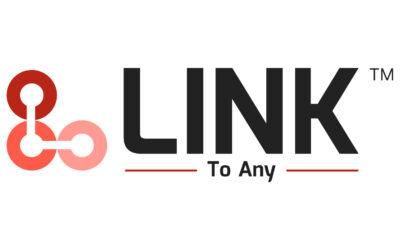For most businesses today, data is a critical asset. Many companies rely heavily on the data in their systems and databases to conduct core operations, track interactions with customers, fulfill orders, manage inventory, run payroll, analyze performance, and more. However, when it comes time to migrate or upgrade to a new system, one of the major concerns for many businesses is the fear of losing important historical data in the transition.
The prospect of having to start over with none of their legacy customer, sales, or other vital records is daunting and can prevent businesses from adopting better software, platforms, and systems. Even if the current system is outdated, manual, or inefficient, the risk of permanently losing years of data is too great for some companies to leap. As a result, businesses often opt to stay with familiar yet inferior legacy systems solely to keep access to old reports, records, and data history.
Migrating Key Data Types:
When switching business systems, some of the most crucial data to migrate include:
1.Customers
Customer data like names, contact information, order history, and any notes or custom fields. Maintaining this information ensures customers don’t need to re-enter it and preserves relationship history.
2.Orders
All order details should transfer over, including products purchased, quantities, pricing, taxes, discounts, status, etc. This maintains order records and ensures continuity.
3.Inventory
Product listings, pricing, quantities, and all inventory-related data need to be migrated to keep stock levels, valuations, and reporting accurate.
Sales
Sales metrics like revenue, transactions, products sold, and sales representative data should be imported to maintain sales records and reporting.
Accounting
General ledger, accounts receivable/payable, expenses, etc. Financial data is critical for continuity in reporting and accounting, so migrating it without errors is key.
The new system should allow importing these data types from the legacy system via CSV, API, or another standard format. Work closely with the integration team to cleanly map and import each data type into the appropriate fields and tables. Test thoroughly to validate no data loss or corruption. Support staff during the transition to address any migration issues.
Seamlessly migrate your historical data
The prospect of migrating to a new business system is often filled with fear and uncertainty around the potential loss of critical historical data. However, with LINK’s data migration service, you can seamlessly migrate your legacy data without business disruption.
LINK’s automated tools allow you to migrate common data types like customers, orders, inventory, sales, and more. This eliminates the common pain point of losing years of transactional data and business insights when transitioning between systems.
Our data experts use proprietary conversion tools to map and transfer your data while ensuring data integrity and continuity. This enables your historical information to be accessed in the new system, providing invaluable business intelligence and continuity.
The data migration process is designed to be turnkey, allowing your business to continue operating without any downtime or interruptions. LINK smoothly transfers your data in the background, so you can focus on your core operations.
With LINK’s data migration as a service, you no longer have to choose between losing years of data or dealing with a complex, risky data migration. Our seamless process eliminates fear and unlocks the full benefits of your new system with all your information intact.
What data can be migrated?
LINK’s data migration experts can seamlessly migrate your most critical business information, including customer information, sales orders, inventory levels, Pricing, Accounting, and more.
With LINK’s data migration as a service, you can switch systems with full confidence that your critical business data will transfer safely and your historical records will remain intact. Our experts handle the entire migration project, so you can focus on your core operations without disruptions.
By handling the heavy lifting behind the scenes, our automated migration process significantly reduces the manual effort typically required for data migration projects. This accelerates the process and enables much faster migration timelines, measured in weeks rather than months. Let us automatically transfer your business data so you can focus on driving success with your new system.








































